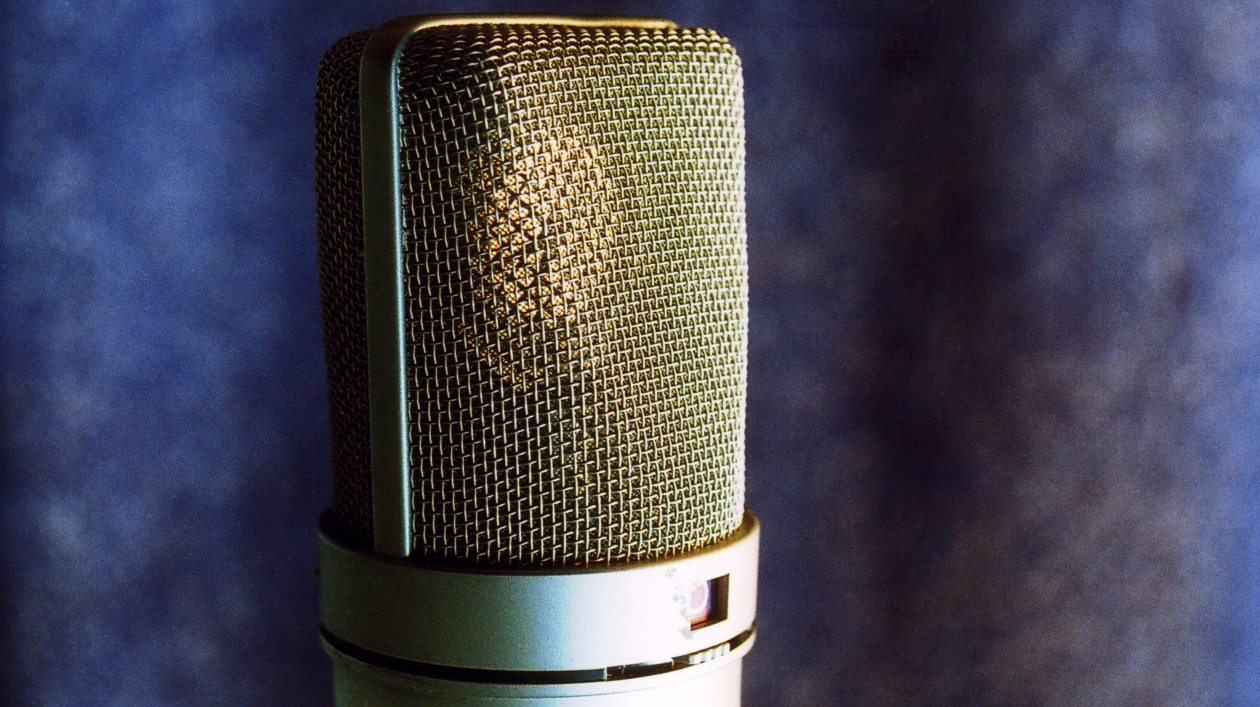Bereichsnavigation
Studio Technology
Studio technology accounts for a large part of the technical equipment used in music transmission, including sound transducers (e.g., microphones and loudspeakers); equipment for switching, mixing, distributing, transmitting and amplifying audio signals (e.g., patch panels, mixing consoles, audio cables, radio links, data networks and amplifiers); recording devices (e.g., digital audio workstations and tape decks) and equipment for audio editing (e.g., variable-gain amplifiers, filters, reverberators, effects machines and editors).

Today, most of the devices mentioned above have been virtualized. In other words, they are available as software applications or plug-ins and are quite easy to integrate into digital workstations. All that is needed is a properly equipped laptop. In this day and age, the only benefits of using discrete, physical devices in dedicated recording and control rooms are improved ergonomics, greater scalability and optimizable room acoustics.
The academic study of studio technology is concerned with historical and possible future developments, functions, functional principles, parametrizations, perceptive effects, uses and practical applications. The field is thus connected to sound design and aesthetics.
Questions are frequently asked about the tonal characteristics of analog and digital studio technology, especially considering that analog transmission features can for the most part be reproduced or simulated digitally. Other questions about the effects of virtualization continue to be raised as well, for example, on matters related to efficiency (e.g., capacity for automation), ergonomics (parameter access) and production methods (use of presets and visualization).

